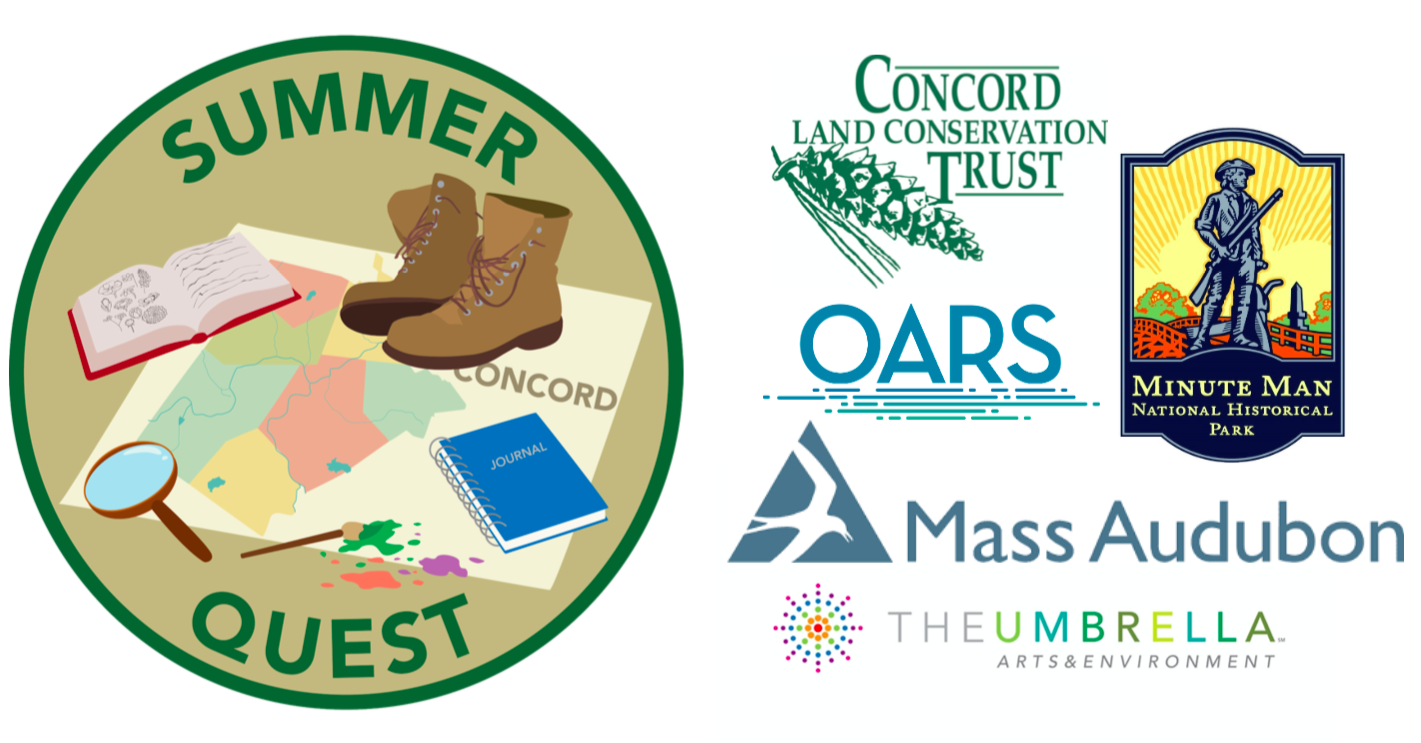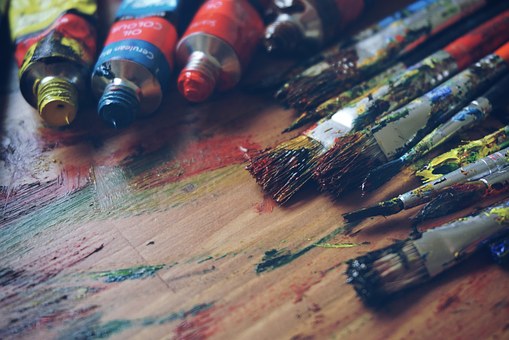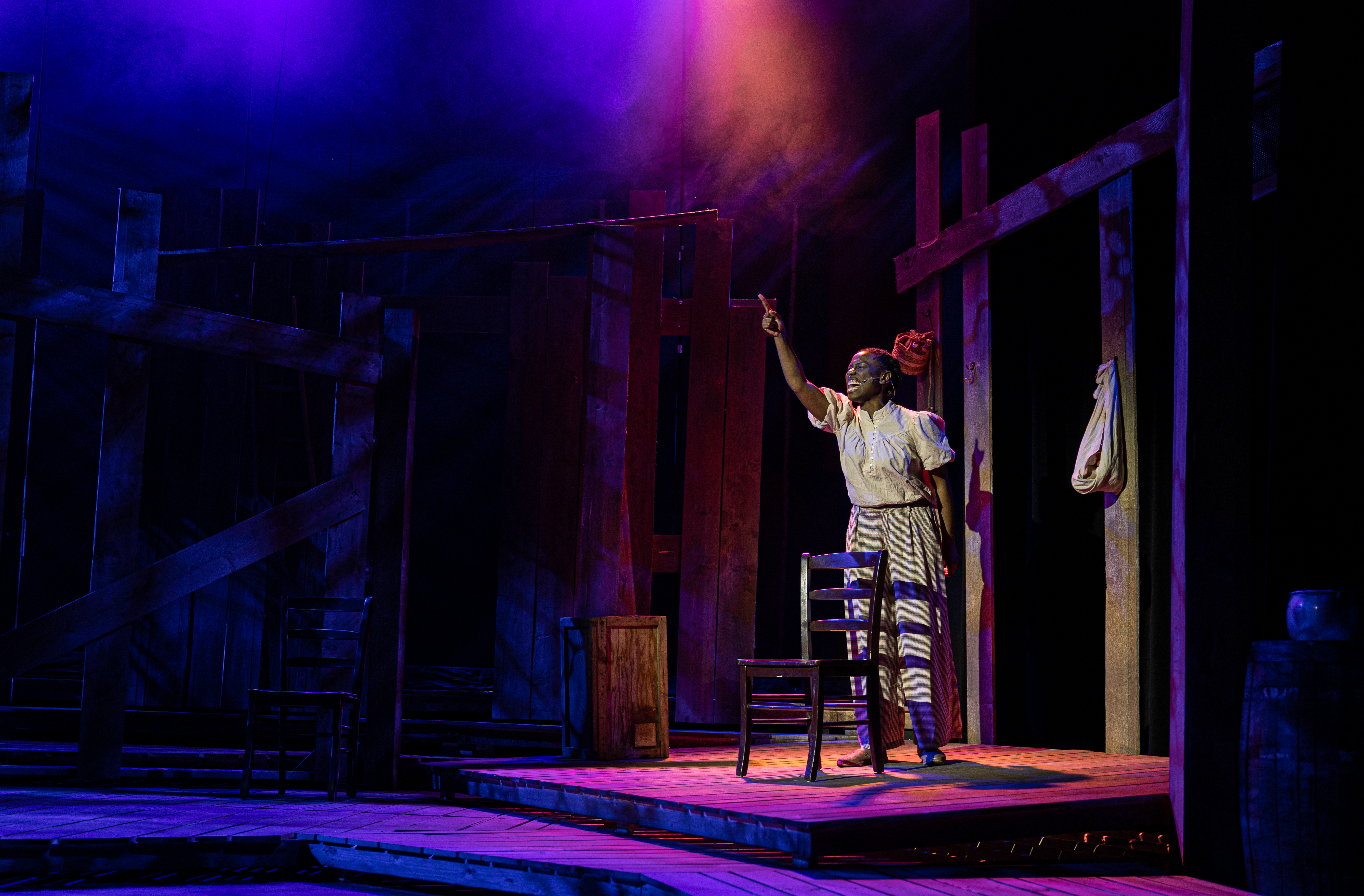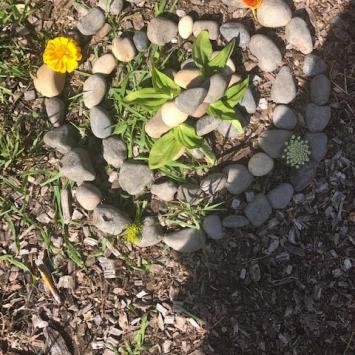Summer Quest Activities
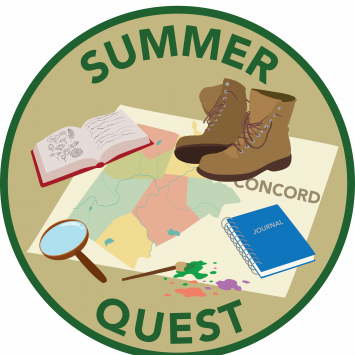
Take a Stand!
The climate is changing so why aren’t we? As our ocean’s rise, so must we. Climate justice is racial justice. There is no planet B. These are all slogans from protesters using brilliantly colored and evocative signs to send a message. In this activity, focus on and learn about one specific environmental issue. Design a poster with a clear message to communicate the importance of the environment and protecting it. For inspiration, check out the work of Extinction Rebellion and the Sunrise Movement.
Materials
Large poster paper or cardboard
Markers, colored pencils, or paint
Activity:
-
Consider what environment issue is most urgent or most relevant. There are many issues to choose from: global warming, invasive species, environmental refugees, solar power, or any other issue of interest. If no environmental issues come to mind, research the environment, climate change, and related issues to find something
-
Brainstorm slogan ideas. They don’t have to be complicated. They can be one word, a phrase, or a sentence. What matters is the impact of these words on your audience.
-
Take your poster paper and write out your rallying cry. Use pencil for this! Once the lettering fits well on the page, add color, patterns, or graphics to make a bold and brilliant poster.
-
Where will you display your poster? In a window or save for a march? Use your beautiful sign to send a message to the world! Send it to summerquestprogram@gmail.com.
Inspired by Place: Be an Artist in Your Residence
Submit a photo, drawing, poem, video to our collaborative Artist in Your Residence project!
National Parks are certainly places of great natural beauty where one can find healing and solace, but they are also where we can learn about culture and history and connect with our shared human experience. In this unprecedented time, when so many of us are isolated and may not be able to visit our favorite trail, museum or historic site, it’s going to take some creativity to make that connection.
That’s why Minute Man National Historical Park and The Umbrella Arts Center are calling on all of you to create art inspired by your experiences in the park and your connection with the natural landscape, a particular historical site, and/or one of the many stories told here. We’re calling the initiative "Artist-in-Your-Residence."
Click here to get the details!
Nature senses and patterns: Create a mandala
-
Set aside 15 minutes and put your senses to work. Go outside.
-
What five things do you see? Hear? Smell? What five textures can you touch? What five things might you taste -- do you think they would be bitter or sweet?
-
Write words/draw pictures/make designs to reflect the experience of each sense.
-
Now, using what you recorded as your sensory experiences, create a mandala!
-
Take photo, submit a drawn mandala, make a movie -- whatever you’re having the most fun with -- and email it to us at summerquestprogram@gmail.com
What’s a “Mandala”?
A mandala is a symmetrical design that is usually circular in form. Mandalas grow outward from a center point, and can include drawn patterns, geometric forms, and/or recognizable images. Mandalas have a deep history in the Hindu and Buddist religions, and are recognized world-wide for their balance and beauty. Creating and observing them can be deeply meditative.
Digging deeper: What is Musketaquid? Egg Rock?
If you already know the answer to these questions, you’re well-connected to Concord’s Native American history. The Umbrella Arts & Environment program is also known as Musketaquid, as our mission is to connect people to place through the arts. Why did we pick that name? What does it mean? For many years, we held our Solstice celebrations near Egg Rock. What is that? What is the connection to Musketaquid?
Do some research and share your findings. Again -- have some fun with it! Send us a video, poem, photograph, drawing, essay, or whatever to show us what you learned.
Send it to summerquestprogram@gmail.com.
Nature Art: Make an Andy Goldsworthy Sculpture Garden
Andy Goldsworthy is a nature art genius. From England, Goldsworthy makes ephemeral (art that reverts back to nature on its own) sculpture all around the world, using natural materials that are from that particular area. People refer to his work as “site specific” art, or “land art.” Click here and here to see samples of his amazing work! (How does he think of these things!)
-
Goldsworthy says that all patterns can be found in nature. Check out this sheet.
-
Go outside and see how many of these shapes/patterns you can find in nature! Take a photo or draw examples that you find. Or, jot down descriptions of what you found.
-
Can you make an Andy Goldsworth Sculpture garden? Make a sculpture out of natural materials for each of the patterns. There should be 7! These sculptures could be super small and all fit into a shoe box, or they could be big and take up your whole backyard! Up to you. Take a photo or make a video of your creations! And send to summerquestprogram@gmail.com
Nature Journaling: Pictures, Words, and Numbers
How does a tomato grow from a flower to a fruit? How does the color of a leaf change from morning to evening? How many colors are there in a sunset sky? Nature journaling focuses on learning about the world around you by asking questions and exploring what you see. Besides learning about the environment, you also develop drawing skills. Keeping a nature journal combines science, art, and adventure all together!
Materials
Sketchbook, notebook, journal, or paper
Graphite pencils, colored pencils, or other coloring materials
Ruler or tape measurer (optional)
Field guide (optional)
Activity:
-
Gather your supplies and go outside!
-
Look around and find something that you want to draw - a flower, a tree, a landscape, clouds in the sky, a blue jay, or a squirrel. There are many ways to keep a journal, and you can fill your journal with all the things you find interesting.
-
Write down where you are, the weather, the date, and other details you think are important. You might record the time of day, morning, afternoon, or evening, and how the sunlight casts shadows if there even is any sunlight. If you have a field guide with you, try to identify the organisms in the environment.
-
Count what’s around you. How many petals on a flower, how many blue jays, or how many clouds in the sky. If you want you can count the number of leaves on a tree, or you can estimate the number and appreciate the wonder of how many leaves there are!
-
Send your journal entires to summerquestprogram@gmail.com.
Here is the Print Out of ![]() The Umbrella Summer Quest Activities.pdf
The Umbrella Summer Quest Activities.pdf
